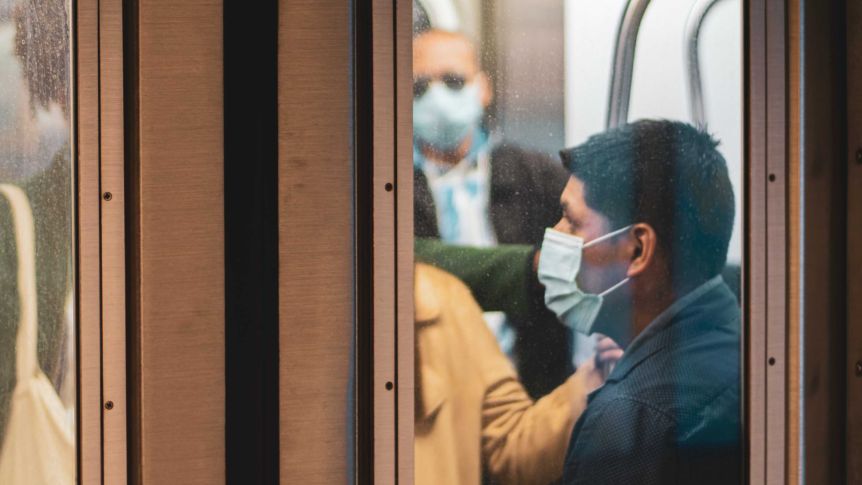Kennisbank
Heating, ventilation and air-conditioning systems in the context of COVID-19
Bron: European Centre for Disease Prevention and Control
Heating, ventilation and air-conditioning (HVAC) systems are used to provide comfortable environmental conditions (temperature and humidity) and clean air in indoor settings such as buildings and vehicles. HVAC systems can be configured in a variety of ways, depending on their application and functions of the building/vehicle. Ventilation systems provide clean air by exchanging indoor and outdoor air and filtering. Air-conditioning systems can be part of integrated HVAC systems or stand-alone, providing cooling/warming and dehumidification. Stand-alone systems usually recirculate the air without mixing it with outdoor air.
Poor ventilation in confined indoor spaces is associated with increased transmission of respiratory infections [1]. There have been numerous COVID-19 transmission events associated with closed spaces, including some from presymptomatic cases [2-4]. The role of ventilation in preventing COVID-19 transmission is not well-defined (i.e. by preventing dispersal of infectious particles to minimise the risk of transmission, or preventing transfer of an infectious dose to susceptible individuals). COVID-19 is thought to be primarily transmitted via large respiratory droplets, however, an increasing number of outbreak reports implicate the role of aerosols in COVID-19 outbreaks. Aerosols consist of small droplets and droplet nuclei which remain in the air for longer than large droplets [5,6].
Lees verder op de website van European Centre for Disease Prevention and Control.
